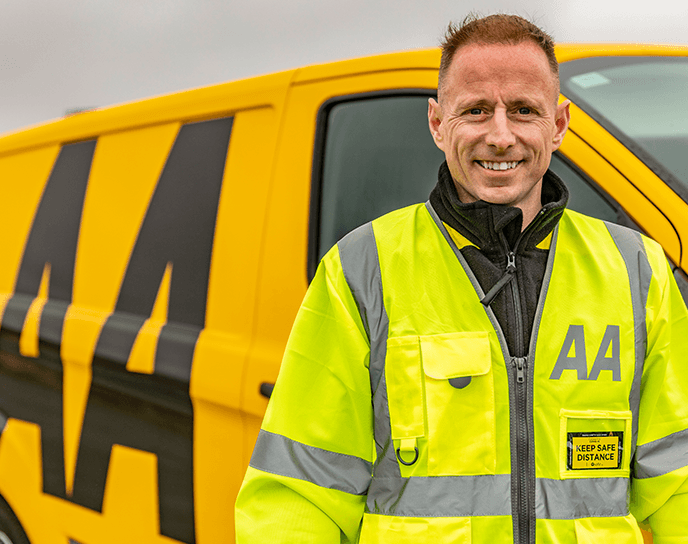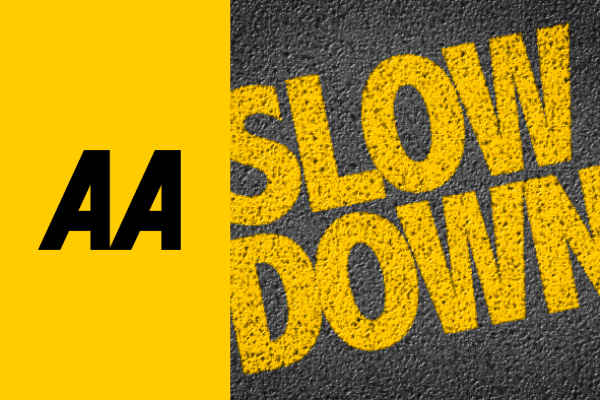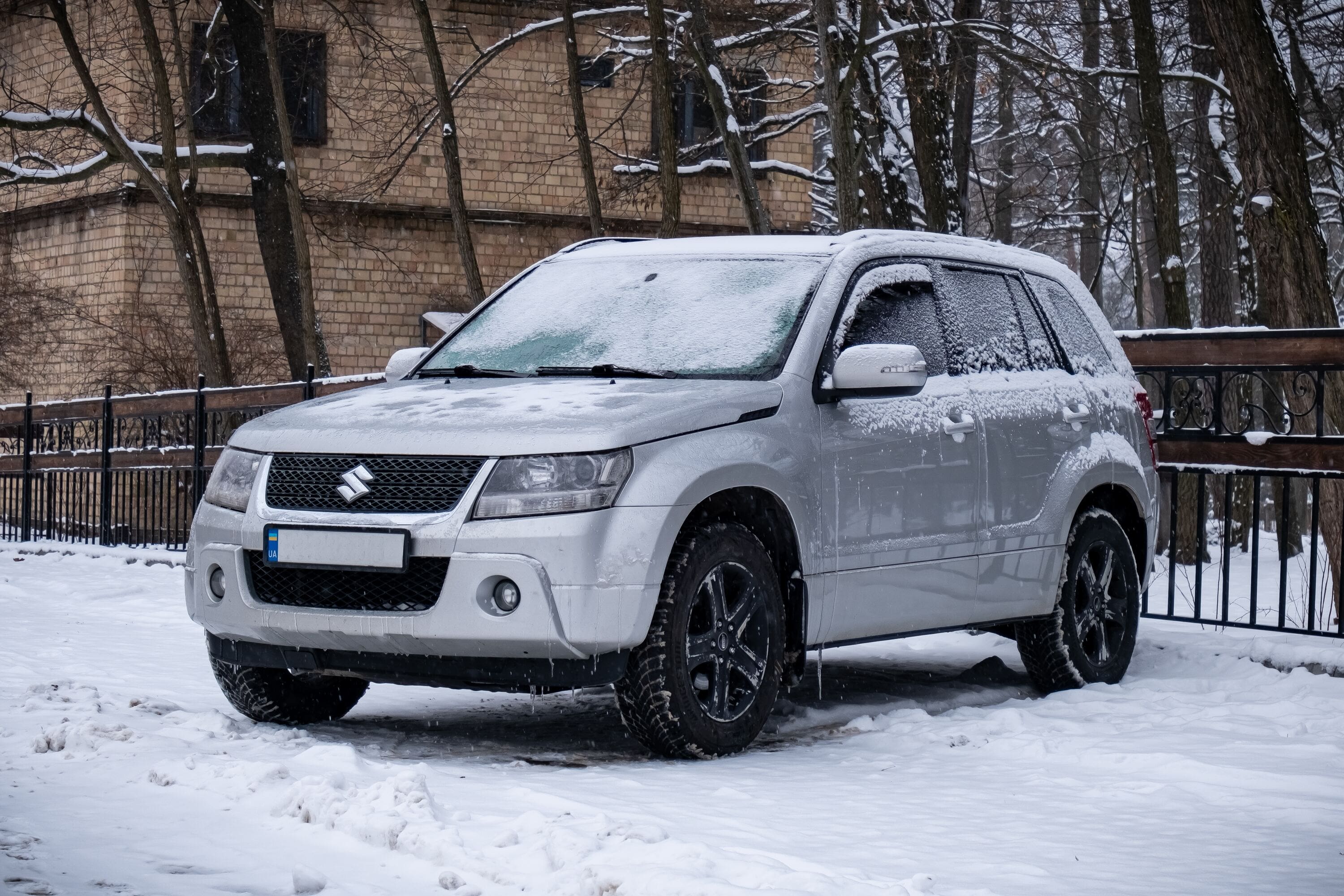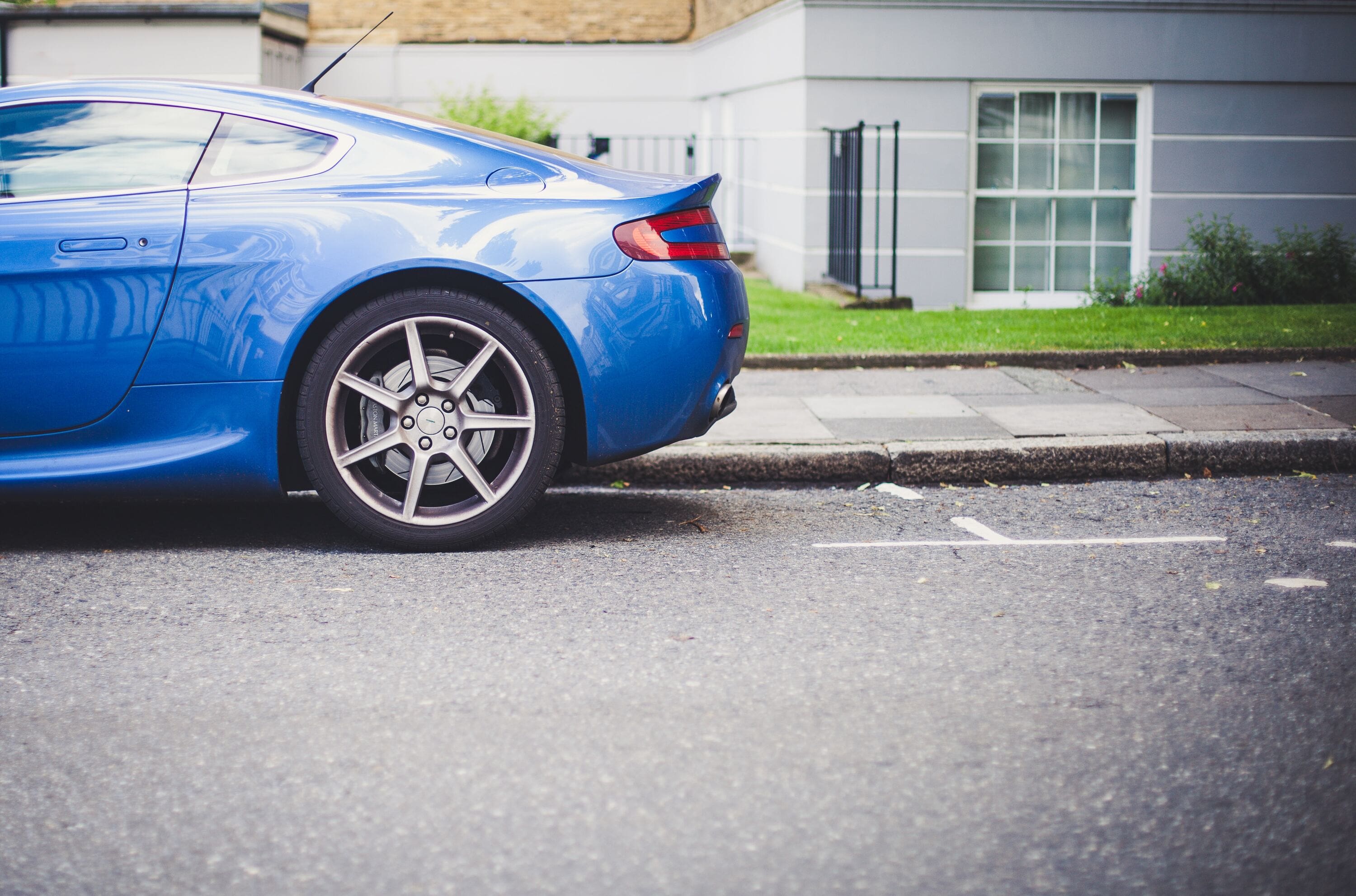For Small Dogs, opt for a Pet Carrier
For your chihuahua, your dachshund, your shih tzu and beyond, something smaller like a pet carrier works well. Just make sure the carrier is a comfy fit for your dog and secure it in the car with a seatbelt. Don’t leave the carrier unsecured in any part of the car, as it could be thrown around in the event of a crash, or if you need to stop suddenly. It’s also important to note you should never put a pet carrier in the boot of a saloon car as your pet could suffocate.
For Medium to Large Dogs, pot for Safety Harnesses
For bigger dogs, a harness that attaches to the seatbelt is a great, cost-effective option. The average harness should set you back about a tenner. The harness should comfortably fit around the dog’s chest and back and they should have enough room to move around a bit, but not be able to reach the driver. The harness should then be secured to a seatbelt. Some actually clip into the seatbelt slot, which is handy and these types of harnesses are available in most pet and motor shops. Just make sure it’s the right size for your dog, and you’re good to go!











